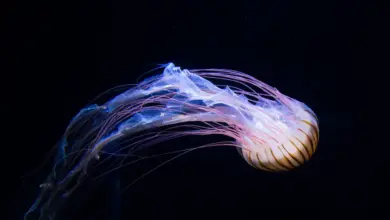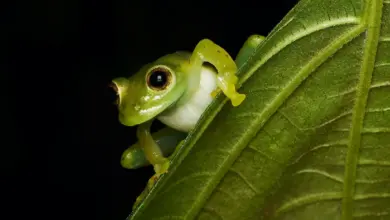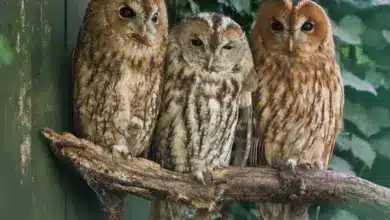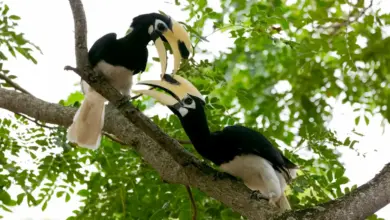What Eats Dingos?
What Eats Dingos? What Do Dingos Eat?
Dingos, wild canines native to Australia, are wild dogs. They are apex-predators that play a vital role in Australia’s ecosystem, helping to control the populations of other species. Dingoes must compete with other predators to get food, and they also need to be on the lookout for larger animals who may attack them.
This article will examine what dingoes eat in the wild, as well as what they eat themselves. Let’s begin by examining in detail what dingoes eat.
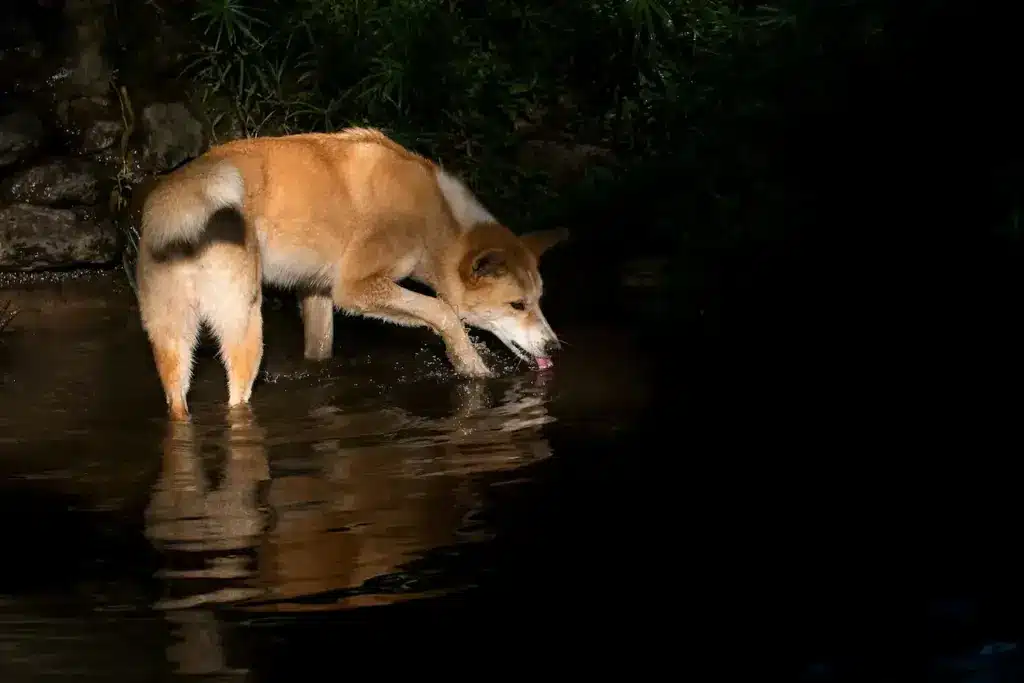
What Eats Dingos? Dingo Predators
Dingos, as members of the dog family, are equipped with agility, speed and sharp teeth, which allow them to hunt their prey effectively.
They are not the top of Australia’s food chain. Dingoes must be cautious of larger predators who can kill them and eat. Dingoes are preyed upon by a variety of predators.
Crocodiles
Crocodiles can be ambush predators, waiting patiently for unwary animals to approach the edge of water. If given the chance, large saltwater crocodiles can prey on dingoes that are fully grown.
Dingoes living in the northern coast areas of Australia, where crocodiles can be found, have learned how to avoid being too close to bodies of water.
Wedge-Tailed Eagles
The largest predatory birds in Australia are wedge-tailed eagles. These raptors are able to spot dingoes and then swoop them down from the sky.
They can kill a dingo by striking it with their massive talons. When they are hunting in grasslands and open areas, dingoes can be most vulnerable to attacks by wedge-tailed Eagles.
Snakes
Dingoes are at risk of being bitten by venomous snakes such as eastern brown snakes and mulga and tiger serpents. These snakes have toxic bites that can be lethal. Dingoes have quick reflexes that allow them to avoid most snake bites, but they are still a danger.
Dingoes may stumble on a snake while stalking their prey, which will cause it to attack in defense.
Humans
Humans are the biggest threat to dingoes. Humans have reduced the dingo population through trapping, hunting, and poisoning. Dingoes are seen by many humans as pests that prey on livestock and so they try to eradicate them.
Humans are also encroaching on dingo habitats and reducing their food sources. Dingoes must go to great lengths in order to avoid human contact.
What Do Dingos Eat? Dingo Prey Species
Dingoes are mainly meat eaters and act as predators on the Australian landscapes they inhabit. They will hunt different prey depending on the availability. They eat a variety of food, depending on the availability.
Rabbits and Hares
Dingoes will eat rabbits and hares when they are available. The rodents are a good source of nutrition. Dingoes run rabbits and hares down with their speed and endurance. They can hunt in groups or alone to maximize their chances of success.
Wallabies, Kangaroos
Dingoes also prey on kangaroos and wallabies. Dingoes in small groups and solitary dingoes attack young wallabies with their bites. Dingoes in larger packs can kill even fully grown kangaroos.
Livestock
When they wander into the vicinity of farms, dingoes are likely to prey on animals like young sheep or cattle. They are often at odds with farmers because of their opportunistic eating habits. Dingoes are known to bite and drag down sheep while cattle is usually chased until they exhaust themselves.
Birds
Dingos are agile hunters who can leap high into the air and catch birds. Dingos consume a variety of species, including ducks, emu chicks, bush turkeys and bush turkeys. Dingoes also catch smaller birds as they hunt for other prey.
Reptiles
Dingoes eat lizards, such as goannas, and snakes. They can subdue slippery creatures with their powerful jaws. Dingoes bite on the neck of reptiles with their paws.
Insects
Dingoes are opportunistic, omnivorous animals that will occasionally eat insects. The dingoes seem to like feeding on ant and termite swarms, slurping them up with their large tongues. Dingoes will also eat grasshoppers and beetles that they come across while hunting.
Carrion
Dingoes will eat any carcasses that they find while patrolling. Dingoes are known to eat the rotting meat of dead kangaroos and rabbits as well as livestock, birds, and livestock. The dingoes help keep the Australian landscape free of organic matter.
Fruits and Berries
Dingoes eat berries and fruits in addition to meat. Dingoes forage and eat fruits like wild plums, bush tomatoes, desert dates, and wild figs. Dingoes get quick energy from shrub berries.
Grains
Dingoes are known to raid farmland and eat grains such as wheat and rice. When these grains are plentiful and easy to get, dingoes develop a taste. Dingoes can recognize the human-grown foods.
Hunting and Feeding Behaviors
Dingoes are able to maximize their food resources by developing a variety of hunting and feeding techniques.
- Dingoes are known to sneak up on their prey before exploding into a fast chase. They can get very close to their prey without being noticed.
- Dingoes are adept at stalking, moving slowly towards their prey and using cover to hide from predators. Their stalking abilities test their patience.
- Group Hunting: Dingoes form packs and work together to find large prey, such as kangaroos. The group isolates the target and chases it in turns.
- Dingoes cache food under or in shallow holes. When fresh prey is scarce, they return to these caches and feed.
- Dingoes are known for their scavenging habits. They search through their territory to find the carcasses of animals that have been killed by humans or other predators. Carrion that has rotten can be used to sustain them during hard times.
- Dingoes raid trash cans, crops and livestock pens. They use these sources because of their intelligence.
- Diverse Diet – Instead of being dependent on one type of food, dingoes adapt to the local meat resources and hunt them or scavenge for them.
Dingo Populations and Conservation
Since Europeans arrived in Australia, more than a century ago, the dingo population has declined significantly. The dingoes are at risk from the loss of habitat caused by agriculture, urbanization and extensive culling.
It is important to maintain stable dingo populations in Australia because of their predator-prey relationship. Education on the dingo’s ecological role, and non-lethal methods of control may help conserve this unique Australian apex prey.
The habitats could be further damaged by uncontrolled rabbit, kangaroo and possum populations. Human-dingo coexistence must be achieved through sustainable solutions.
Conclusion
Dingoes are apex prey in Australia and occupy a significant ecological niche. Their predatory behavior helps regulate populations such as rabbits and kangaroos. Dingoes must balance their survival by avoiding predators like crocodiles and eagles.
Humans are also threatening their habitat and hunting. Dingo populations must be protected to ensure they continue to serve ecosystem services. These iconic Australian predators will thrive in the future with proactive policies for coexistence between humans and dingos.


